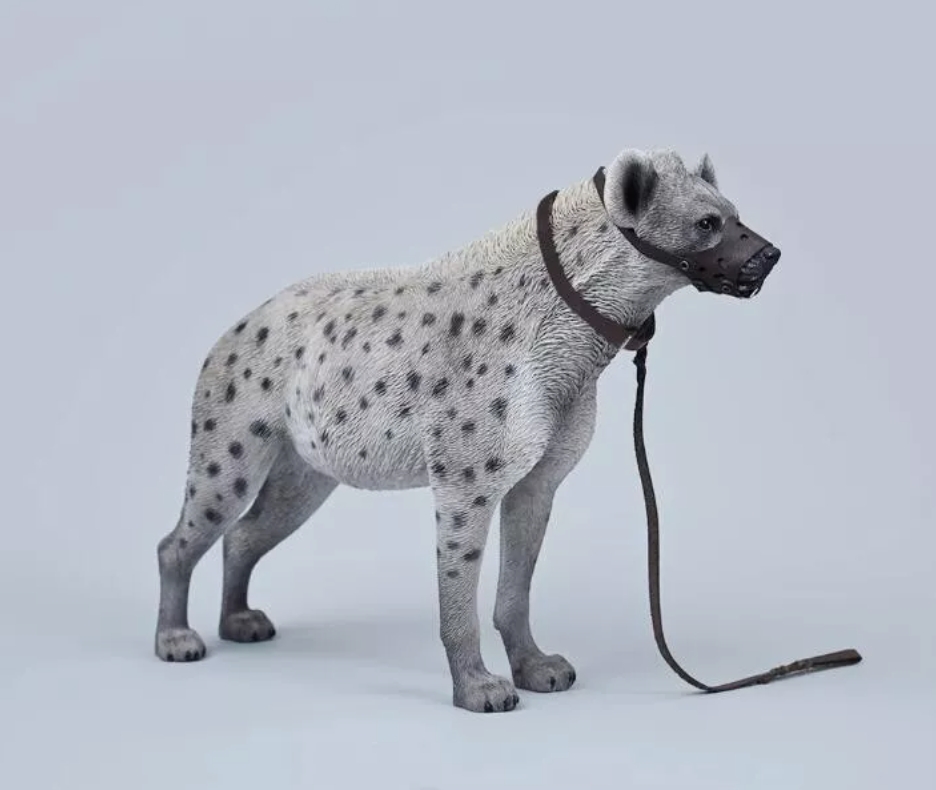The hyena model is an important concept used in the study of animal behavior and ecology. It is mainly used to describe and explain the social structure, hunting habits and territorial behavior of hyena groups. The model is based on observations of hyenas' complex social systems, which reflect their unique survival strategies and adaptive abilities.
Hyenas exhibit a high degree of sociality in their groups, usually dominated by one or more breeding pairs. Members of these groups strengthen their relationships through a variety of social interactions, including fighting, playing, and cleaning each other. The hyena model highlights the importance of such social interactions for group stability and survival. Leaders not only need to be physically and offensively strong, but also need to use social skills to maintain order and coordinate relationships among individuals.
When it comes to hunting, hyenas are known for their teamwork. They use stamina and ingenuity to pursue their prey by working together to propel it. An important theory in the hyena model is the "pack effect," the idea that by acting collectively, groups can increase their success in hunting, a strategy that significantly improves the efficiency of food acquisition compared to individuals acting alone.
Territorial defense is another key behavioral trait, and hyenas often establish and maintain specific territories to reduce competition for resources. The model points out that the maintenance of territory not only depends on power and deterrence, but also involves coordination and communication within the group. Group members protect their territory and resources by warning potential intruders by marking, barking, and displaying aggressive behavior.
In addition, hyena's reproductive strategy also plays an important role in the model. Selection of breeding pairs and matrilineal lineages play a key role in the social structure, influencing the survival and success of offspring.
















